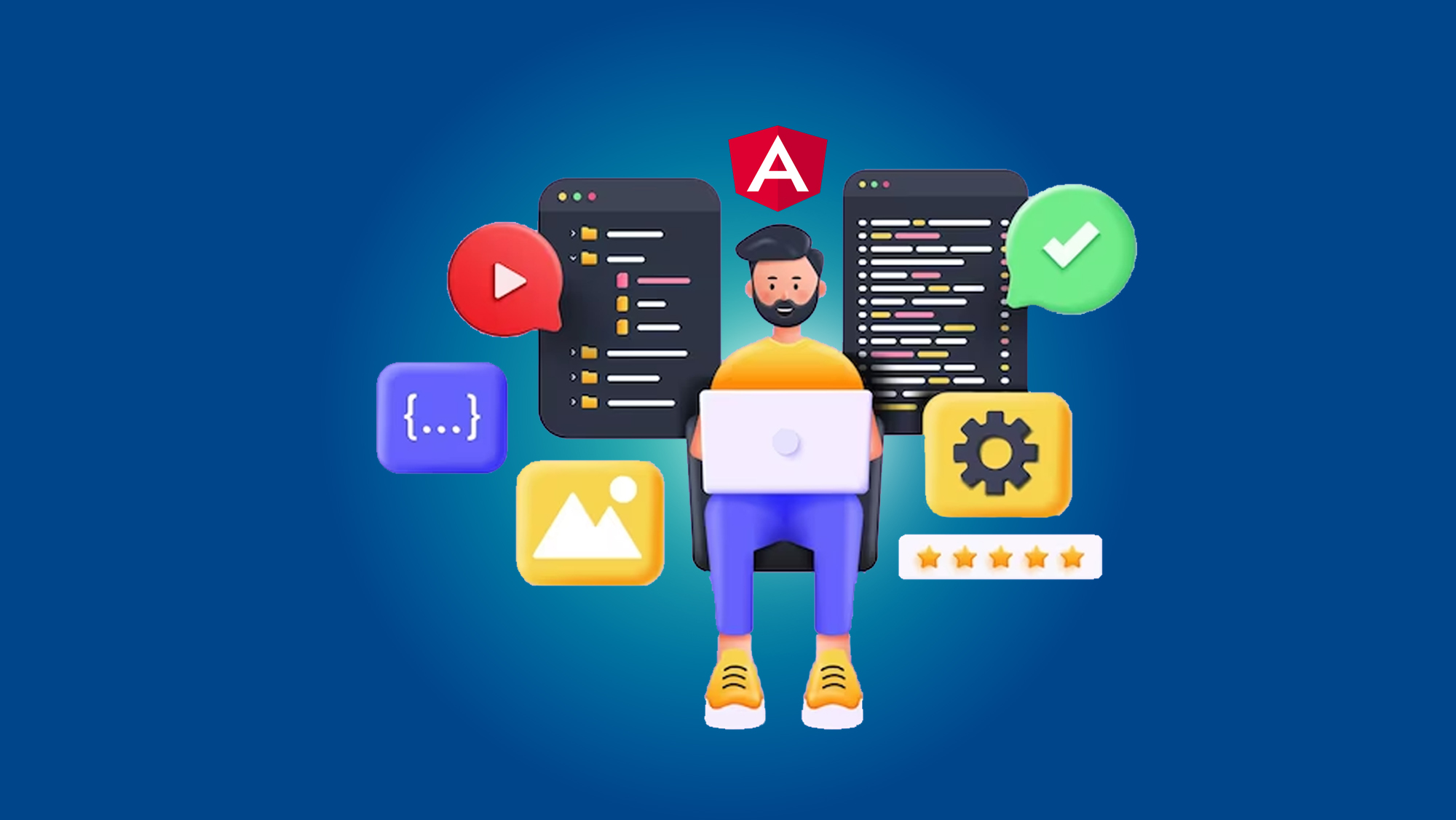Mastering Angular 5: Unlocking the Power of Modern Web Applications
Introduction:
In the ever-evolving landscape of web development, Angular has emerged as a powerhouse for building modern and dynamic web applications. With each new version, Angular brings a plethora of enhancements and features, and Angular 5 is no exception. In this comprehensive blog, we will explore how to master Angular 5 and harness its capabilities to create powerful, responsive, and feature-rich web applications.
Embracing Angular 5: The Evolution of Web Development
Before delving into the tips and techniques for mastering Angular 5, let's briefly highlight the evolution of the framework:
AngularJS to Angular 2+: A Paradigm Shift
AngularJS set the stage for dynamic web applications with its two-way data binding and declarative programming. However, Angular 2 introduced a complete overhaul with a component-based architecture, TypeScript integration, and improved performance. Subsequent versions, including Angular 5, have further refined and enhanced the framework.
Key Features of Angular 5
Angular 5 brings a host of new features and improvements that empower developers to create cutting-edge web applications:
- Enhanced Performance: Angular 5 introduces various performance optimizations, including faster compilation times, improved change detection mechanisms, and smaller bundle sizes. These optimizations contribute to quicker load times and a smoother user experience.
- Build Optimizer: The Build Optimizer, a tool introduced in Angular 5, helps reduce the size of the generated JavaScript bundles. It achieves this by removing unnecessary code and optimizing the code that is included in the bundle.
- HttpClient: Angular 5 introduces a new
HttpClientmodule, replacing the previousHttpmodule. TheHttpClientmodule offers improved handling of HTTP requests and responses, making it easier to work with APIs and external data sources. - Internationalization (i18n): Angular 5 enhances the i18n support, allowing developers to build applications that can be easily translated into different languages. This feature is crucial for reaching a global audience.
- RxJS 5.5: Angular 5 includes an updated version of RxJS, the library for handling asynchronous operations. RxJS 5.5 introduces several improvements, making it more efficient and user-friendly.
- Angular Universal State Transfer API and DOM Support: Angular 5 makes it easier to build server-side-rendered applications using Angular Universal. The State Transfer API allows for the transfer of state between the server and client, improving performance and SEO.
Mastering Angular 5: Tips and Techniques
- Solidify Your TypeScript Knowledge: Angular 5 is built with TypeScript, so having a strong grasp of TypeScript fundamentals is essential. Understand TypeScript's features, classes, interfaces, and decorators to write clean and maintainable Angular code.
- Dive into Component-Based Architecture: Embrace Angular's component-based architecture. Break down your application into small, reusable components to enhance code organization, reusability, and scalability.
- Explore Angular CLI: Angular CLI (Command Line Interface) is a powerful tool that streamlines development tasks. Familiarize yourself with CLI commands for generating components, services, modules, and handling various development tasks.
-

Read More: Journey to Success: Enhance your Web Development Skills with Angular 5
- Leverage Reactive Forms: Master the usage of reactive forms for handling user input. Reactive forms provide a robust way to manage form state, validation, and data binding.
- Embrace RxJS and Observables: Learn how to use RxJS and Observables to manage asynchronous operations. Gain proficiency in handling data streams, events, and complex scenarios efficiently.
- Internationalization and Localization: Explore Angular's i18n features to make your applications accessible to a global audience. Learn how to create multilingual applications and manage translations.
- Utilize HttpClient for API Integration: Understand and utilize Angular's new
HttpClientmodule for making HTTP requests to APIs. Learn about request configuration, error handling, and asynchronous data retrieval. - Optimize Performance with Build Optimizer: Leverage the Build Optimizer to reduce bundle sizes and improve application performance. Learn how to configure and use this tool effectively.
- Server-Side Rendering with Angular Universal: Explore Angular Universal to build server-side-rendered applications. Understand how to implement server-side rendering, improve SEO, and enhance user experience.
- Stay Engaged with the Community: Engage with the Angular community through forums, blogs, and social media. Stay updated with the latest developments, best practices, and tips from fellow developers.
Conclusion:
Mastering Angular 5 unlocks the potential to create sophisticated, high-performance web applications that cater to the demands of modern users. By understanding the key features, exploring best practices, and honing your skills, you'll be well on your way to becoming a proficient Angular 5 developer. Embrace the journey of continuous learning, hands-on practice, and experimentation as you navigate the exciting world of Angular 5 and build remarkable web applications that leave a lasting impact.
You May Also Like
These Related Stories

Mastering Angular 4: A Comprehensive Guide for Web Developers

Journey to Success: Enhance your Web Development Skills with Angular 5



No Comments Yet
Let us know what you think